My second day of riding Huādōng Valley (花東縱谷) in 2018 was not everything I hoped it would be. I didn’t manage a proper night’s rest due to a malfunctioning air condition and woke up feeling weak and dehydrated. With temperatures hitting 35°C on the road, and with fewer convenience store stops along the way, it turned out to be the most difficult day of riding on this particular trip back in May 2018. I originally planned to detour into the mountains to visit the village of Tóngmén (銅門) and cruise around Carp Lake (鯉魚潭) on my way south. Instead I elected to head straight down Provincial Highway 9 through Ji'an and Shoufeng into Fenglin to make up for lost time. Although I didn’t see nearly as much as planned I am glad to have an excuse to return to this part of Taiwan.
The first notable stop of the day was in Nánhuá Village (南華村), formerly the Japanese immigrant village of Hatsune (初音). The fertile plains surrounding Hualien City became the testbed for Japanese settler colonialism in Taiwan, a system that eventually spread throughout the Huadong Valley and, in a limited fashion, to certain parts of western Taiwan1. Colonial authorities undertook a pilot project in the area from 1909 to 1918, providing various incentives and subsidies to attract mostly poor Japanese migrants, who then developed the rural wilderness into productive farmland, often by growing sugarcane or tobacco. As planned communities, these immigrant villages typically featured schoolhouses, medical clinics, Shinto shrines, and other civic buildings.
After World War 2 the vast majority of Japanese in Taiwan were repatriated—including ethnic Japanese born in Taiwan who had never even set foot in their ancestral homeland. These people became known as the wansei (灣生, which literally means “Taiwan-born”) in Japanese society, and their fascinating and often tragic stories have recently become the subject of documentaries and feature articles. Not all wansei came from the immigrant villages—but immigrant villages like Hatsune, exclusive enclaves of ethnic Japanese, were completely depopulated.
A few short years later nearly two million Chinese Nationalist soldiers and their families crossed the Taiwan Strait, fleeing the advance of the People’s Liberation Army. This mass influx of people precipitated a housing crisis—which led to the integration of many newly abandoned Japanese homes into the burgeoning system of KMT military dependents’ villages. Many former immigrant villages (including Hatsune) were renamed to reflect Chinese Nationalist ideology, their Shinto shrines neglected and eventually dismantled, but just about everything else was put to use by the new residents from China. In many cases, KMT soldiers and their families picked up where their predecessors had left off, farming tobacco and other cash crops. In half a decade one people completely replaced another.
Few traces of the original Japanese settlement remain, but a closer examination reveals a pair of tobacco barns, residual artifacts of economic activity stretching back to the colonial era. Tobacco barns were used to cure tobacco leaves before bringing them to market, a process described in greater detail in my post about the Shuinan Tobacco Barn in Taichung. The larger, more modern-looking tobacco barn near the highway does not appear to have a name, but the one near the back of the village is known as the Zhōng Family Tobacco Barn (鍾家菸樓), and probably dates to the mid-1950s2. The sunken furnace is a somewhat unusual design I haven’t noticed elsewhere, and some effort has been taken to turn it into a small museum with archival photos posted on one wall.
Moving on, I made a brief stop at Gānchéng Station (干城車站), the first of several abandoned railway stations I visited on this trip. The Taitung Line links Hualien City and Taitung City along the length of the long, narrow Huadong Valley, which is approximately 160 kilometers in length but seldom more than 5 kilometers wide. The Japanese completed this railway line in 1926 after running tracks south from Hualien City and north from Taitung City, meeting in Yuli. This particular station entered into service in 1916 to meet the needs of the nearby immigrant village, after which it was originally named. It was rebuilt sometime during the KMT authoritarian era, probably in the early 1980s, and underwent several name changes before it was finally abolished in 19943.
Heading south into Shoufeng I cycled over to the mountainside to visit the local iteration of Zhongshan Park (中山公園), formerly the Shoufeng Shinto Shrine (壽社). The stairway is the original sandō (參道, visiting path), but the torii (鳥居) is long gone, likely removed in the mid-1970s, when a wave of anti-Japanese sentiment swept the nation4. This particular shrine was replaced by a statue of Sun Yat-sen holding a copy of the Three Principles of the People (三民主義). The dilapidated state of this monument is a reflection how many Taiwanese feel about these antiquated KMT relics nowadays.
Further south I entered Fēngtián (豐田, literally “abundant rice paddy”), another settlement that began as a Japanese immigrant village, then known as then known as Toyota. Founded in 1913, it was among the first in Hualien, and apparently served as model settlement for the colonial authorities. Whereas Nanhua was associated with tobacco cultivation, Fengtian (and most immigrant villages deeper into the valley) specialized in sugarcane, which would have been destined for a huge processing plant in Guangfu. There are few signs of colonial history in the immediate vicinity of the train station but there are plenty more in the countryside, as we will see. But first, let’s take a closer look at the derelict movie theater on the main street in front of the station, one of my primary targets for the day.
Dàtóng Theater (大同戲院) was built sometime in the mid-1960s and was the only theater in Fengtian5. Apart from showing films it also hosted community events, a common auxiliary function in rural areas. Small town cinemas often serve as socioeconomic indicators—study their histories and there is a good chance you’ll uncover something interesting about the rise and fall of local industries. In the case of Datong Theater, it was probably built after the beginning of the Fengtian jade rush in 19656, and went out of business sometime after the industry collapsed in 1981. Since then it was used as storage, and from what I’ve read the original projectors remain somewhere inside the building. There was no obvious means of entry nor anyone around to answer questions or provide a tour when I visited so the interior will remain a mystery for now.
Head southeast of Fengtian station and you’ll reach what is now known as Fēnglǐ Village (豐裡村), originally the heart of the Fengtian Immigrant Village (豐田移民村). The settlement is laid out in a grid and features many colonial buildings in various states of repair: police station, doctor’s clinic, elementary school, and so on7. An abandoned wooden building caught my eye and I wandered over to take a look. Surprisingly, it was a church! Known as St. Joseph’s Cathedral (聖若瑟天主堂), and later the Yùdé Nursery (育德托兒所), it was constructed after the war from material scavenged around the village. The original Japanese inhabitants of this village would not have been Christian!
The Japanese often placed Shinto shrines on auspicious hillsides in Taiwan—but Fengli Village is situated on the flat alluvial plains in the very middle of the valley, so its shrine was originally located in a forested grove approximately 600 meters from the main settlement. Founded in 1915, Fengtian Shinto Shrine (豐田神社) was allegedly destroyed by Typhoon Winnie (颱風溫妮) in 1958, and replaced by Bìlián Temple (碧蓮寺) a few years later. The original stone lanterns and a pair of komainu (狛犬, guardian lion-dogs) were retained, and some of these artifacts can still be seen at the temple. Apparently the komainu were stolen at some point, but replacements were fashioned and installed next to the torii that marks the start of the visiting path8.
After rambling around the backroads around the former shrine I merged with Highway 9 and crossed the dry and dusty Shoufeng River (壽豐溪) by way of the New Fēngpíng Bridge (新豐平大橋). This bridge, with a span of 906 meters, was only completed in 2012, shaving a few minutes off the detour west to the original Fēngpíng Bridge (豐平橋). Touching down on the south bank of the river I entered Fenglin with only a few more items to cross off my list before calling it a day.
Fenglin is a rural township at the geographic center of Hualien with slightly more than 10,000 residents. It is a Hakka majority town, although there are also a great many Amis people living here. A Japanese immigrant village was also constructed in Fenglin, but it is somewhat out of scope for this post, as I did not see it on this trip9. Many Hakka migrated to Fenglin in the Japanese colonial era, particularly from Hsinchu and Miaoli. Unlike Fengtian, this township does not seem to have undergone a period of explosive growth or sudden collapse, although I’m quite sure the shifting fortunes of the forestry sector had an impact on the local economy10. Tobacco was a major cash crop for much of the 20th century, but Fenglin farmers have diversified in recent decades, and tourism is on the rise.
Theater hunting in Fenglin was more fruitful than I expected it to be. The most significant cinematic relic remaining in Fenglin is the shell of Tàifā Theater (泰發戲院), now a warehouse of some kind. Taifa is the second theater built on this site; the first, Yuánhé Theater (元和戲院), was constructed in 1959 only to be destroyed in a fire some years later. In a rather shocking twist for such a small town, the owner of the eponymous Fenglin Theater (鳳林戲院), dating back to 1950, was eventually convicted of arson and served time in jail for destroying the competition! From this nostalgic post on Facebook we can fill in a few details. Townspeople recall Fenglin Theater showing more in Mandarin and Western films, whereas the ill-fated Yuanhe (and eventually Taifa) specialized in Taiwanese films. Taifa Theater still stands, but all that remains of Fenglin Theater is part of the side wall located around the corner from where it fronted onto Xīnshēng Street (新生街).
Ultimately I didn’t manage to visit everything I hoped to see on my second day of riding down the Huadong Valley, but at least I made it without dying of exposure. Heatstroke is a nasty thing, and I spent several agonizing hours in bed before I finally got to sleep. I don’t normally recommend hotels in my bicycle touring posts, but in this case I’d like to mention Fong Wu Hotel (鳳悟旅社), affordable vintage lodging near the train station. The price is right (around 700 NT per night) and the facilities are sufficient for cyclists in need of a good night’s rest. Coming up next: the ride through Guangfu and Ruisui to Yuli.
- Whereas Japanese immigrant villages in eastern Taiwan often displaced Taiwanese Indigenous inhabitants, settlements in other parts of the colony were typically built on reclaimed land next to rivers, primarily in modern-day Changhua and Pingtung. ↩
- More information about this tobacco barn can be found in Chinese here and here. This post provides a more general introduction to tobacco barns in Hualien. ↩
- This station was also the transfer point for a spur line leading to Zhōnghuá Pulp Mill (中華紙漿廠), located south and east of here. That spur line is now an under-utilized bike path, a common fate for railway infrastructure in eastern Taiwan. ↩
- This anti-Japanese sentiment resulted from the signing of the Japan–China Joint Communiqué in 1972, which normalized relations between Japan and the People’s Republic of China. The ROC government promulgated an edict in 1974 requiring all remaining Japanese colonial relics to be repurposed or destroyed. Most of the larger Shinto sites ended up as Martyrs’ Shrines (see my first post in this series for an example), while those smaller shrines that weren’t demolished outright were often converted into monuments to various aspects of KMT party ideology or regular Taiwanese temples. For more about this process, I suggest perusing my post about the Suhua Highway. ↩
- Shoufeng was also home to the eponymous Shoufeng Theater (壽豐戲院) at some point, but nothing remains of the original structure. According to government records it was originally located at #12 Shòuxìng Street (壽興街十二號), which I visually confirmed is now an empty lot. ↩
- Indigenous people mined jade in the Fengtian area thousands of years ago. Trade goods sourced from these same deposits can be found all over Southeastern Asia, and a major prehistoric jade workshop, the Pínglín Site (平林遺址), was located near Xīlín Village (西林村) in neighbouring Wanrong. This knowledge was lost over time, and it wasn’t until the Japanese arrived on the scene in the 1930s that miners returned to these mountains. But the Japanese weren’t interested in jade, particularly when the war effort really got going—they came to exploit asbestos, which commonly appears alongside nephrite jade. Industrial-scale mining began in 1937 and any jade mined while extracting asbestos was discarded into a nearby river, Báibào Creek (白鮑溪). After the war the ROC continued mining in the area, extracting asbestos, talc, and other minerals, while continuing to ignore any jade they encountered. It wasn’t until the early 1960s that geologists realized the mining waste contained valuable jade—and when the Central Daily News (中央日報) ran a story in 1965 it transformed sleepy Fengtian into a mining boomtown almost overnight. Thousands of people flooded into Fengtian to seek their fortune, and Taiwan would go on to supply more than half of the world’s nephrite jade in the 1970s. The industry reached its peak in 1976, but it was only a few short years later that mining all but ceased as the cost of mining and processing grew and global demand sharply declined. Nowadays the vast majority of the mines are abandoned even though plenty of jade remains. The problem is that it’s no longer economically viable to mine the stuff, particularly not since Canadian jade flooded the market. Incidentally, you can still pluck high-quality jade out of the river in Fengtian! ↩
- I stopped at a few of these places but they were all closed, this being a weekday, and there did not appear to be any English language signs posted in those that had been converted into museums. For reference, here is a much more comprehensive tour of this particular immigrant village from a touristic perspective, and if you’d like to go deeper into village history, try here and here. ↩
- Since this former shrine is an important historic site in Hualien there are many Chinese language articles available with more photos and information; for example here, here and here. ↩
- Líntián Immigrant Village (林田移民村) (Hayashida in Japanese) is fairly well-preserved and partly restored in places. More than 30 tobacco barns can be found in a string of settlements out on the plains southeast of the main town in Fenglin. I’ve been there on another occasion and aim to publish my findings at some point in the future. ↩
- Industrial logging began in Fenglin in 1918 and reached its peak in the 1960s. Forestry began to decline in the 1970s and most logging ended by the late 1980s. Much of this history is on display at Líntiánshān Forestry Culture Park )(林田山林業文化園區) in the southwestern part of Fenglin. I’m not entirely sure why this isn’t mentioned in the popular accounts of Fenglin history I consulted for this post. ↩
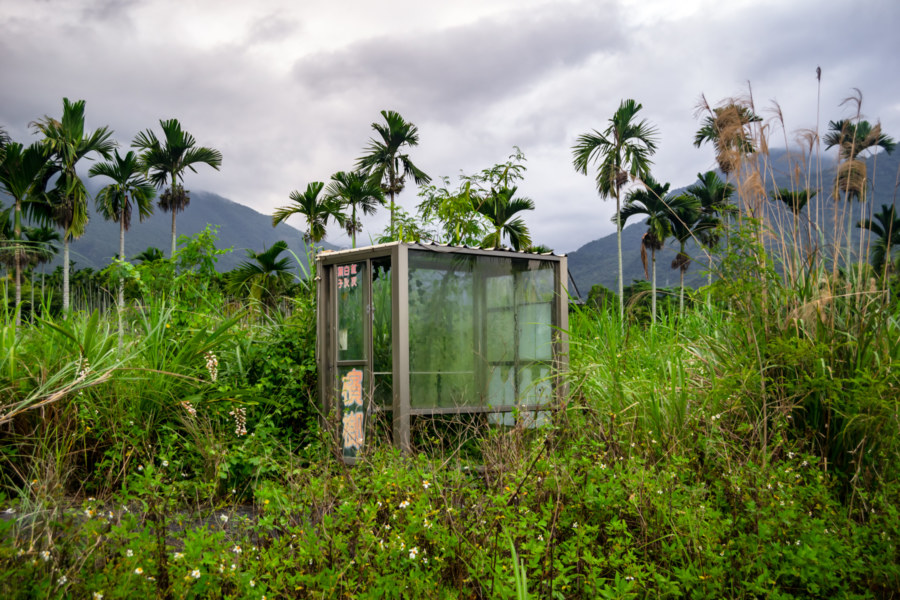
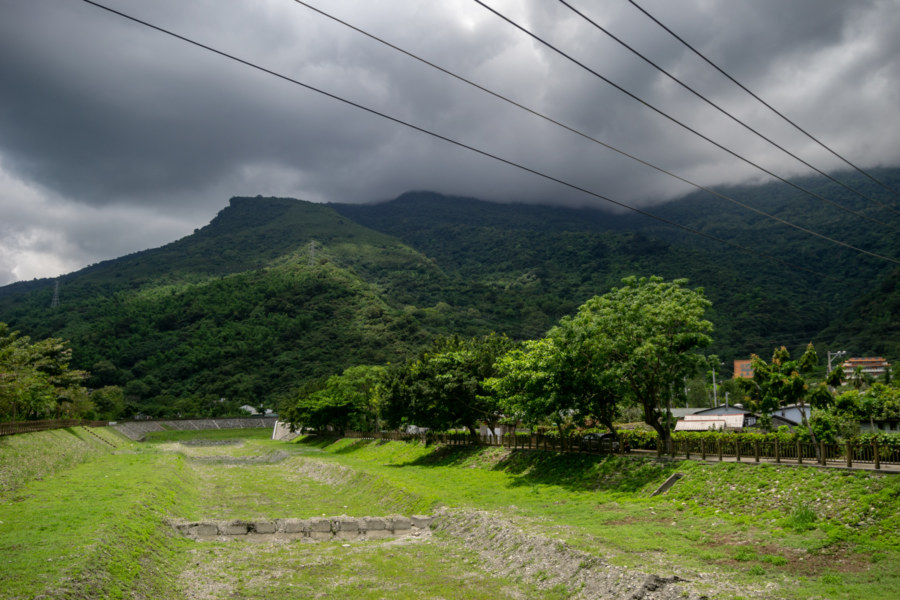
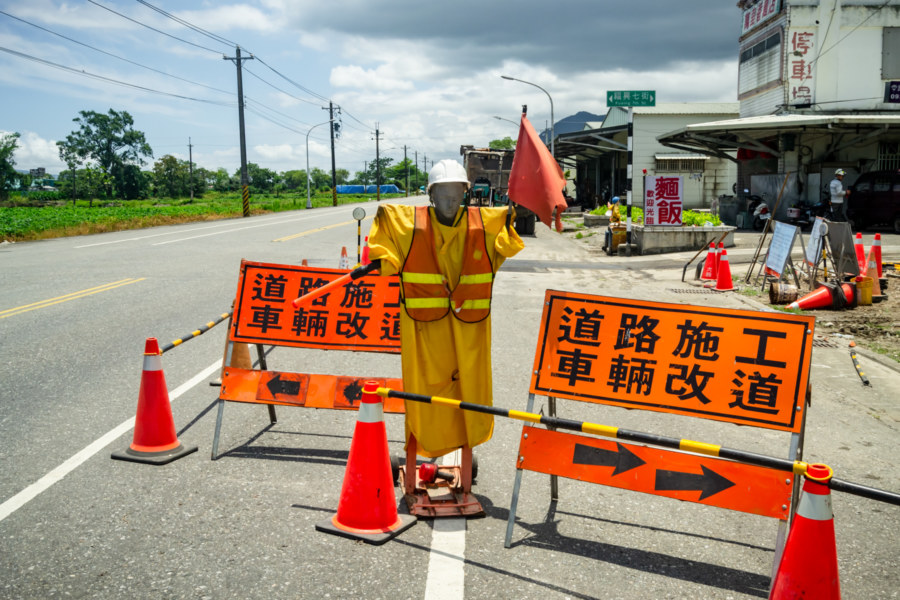
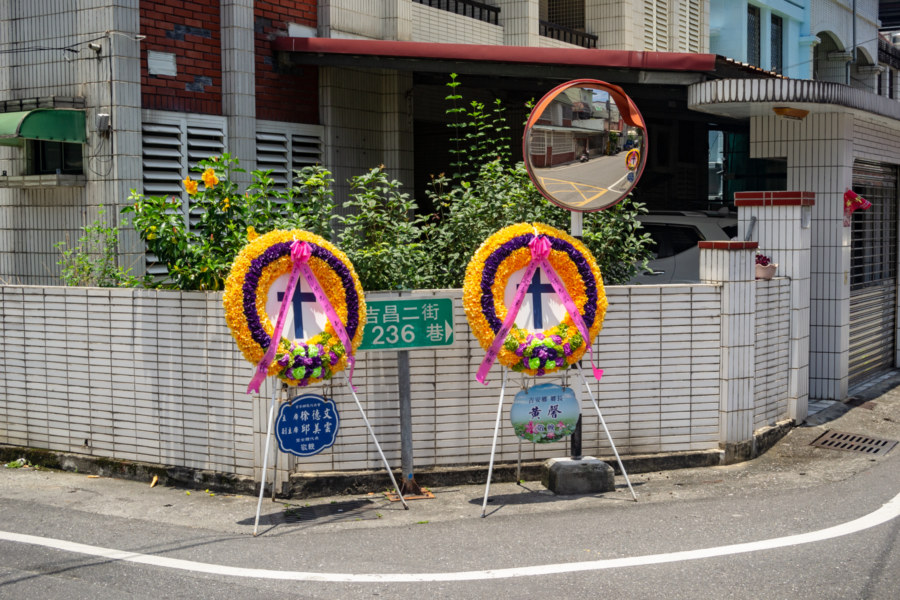
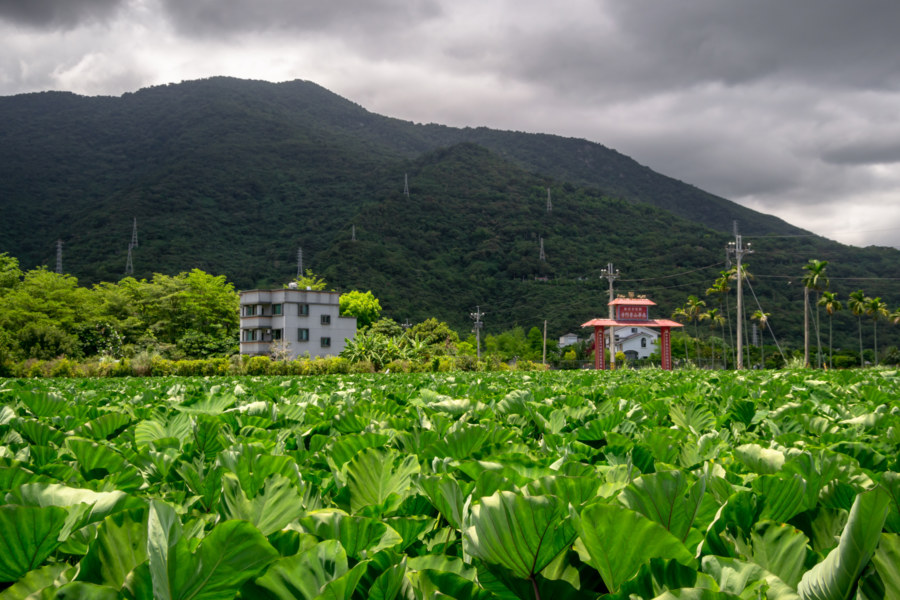
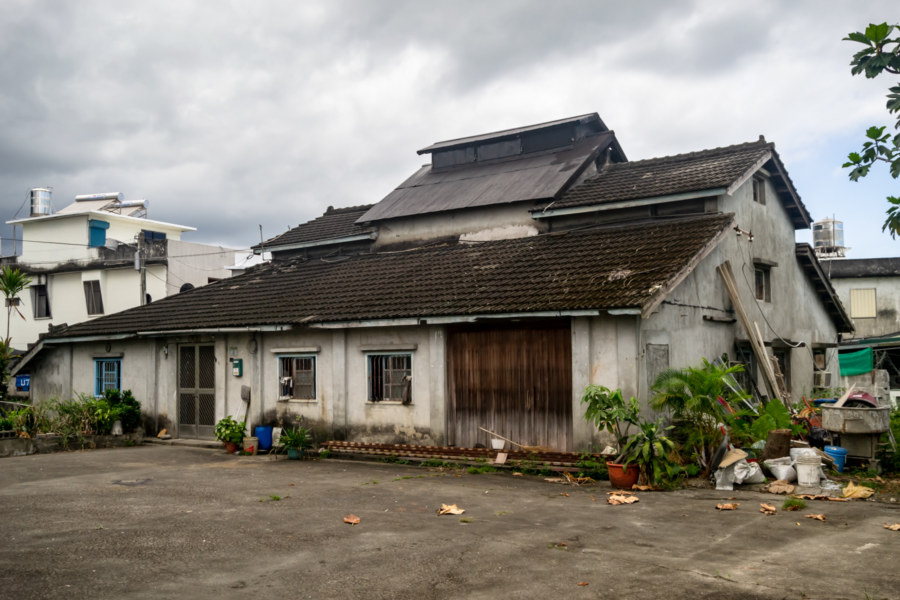
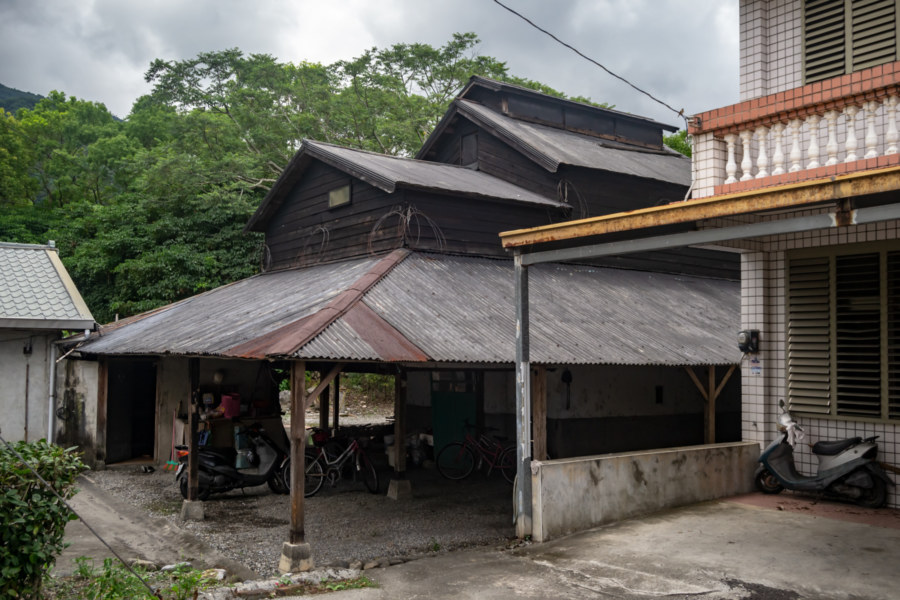
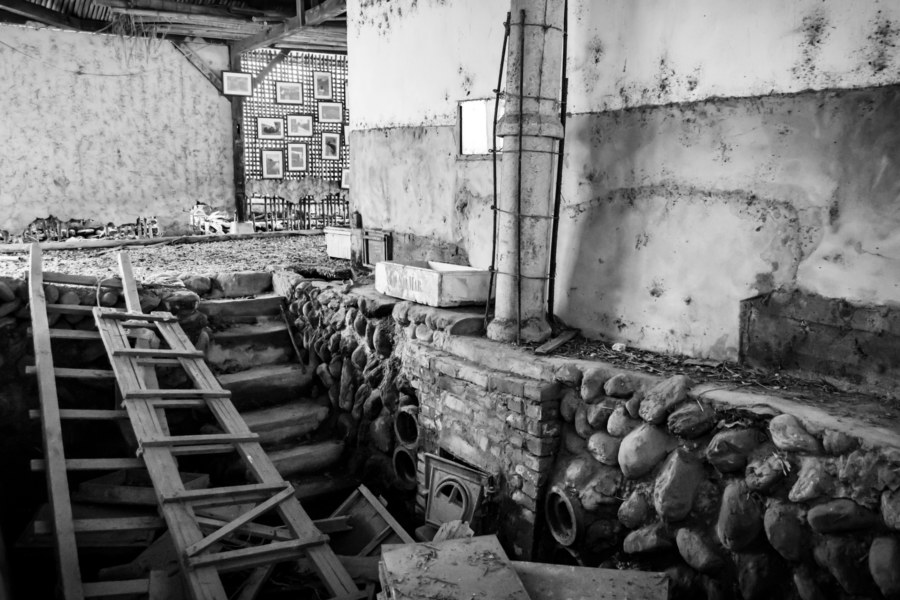
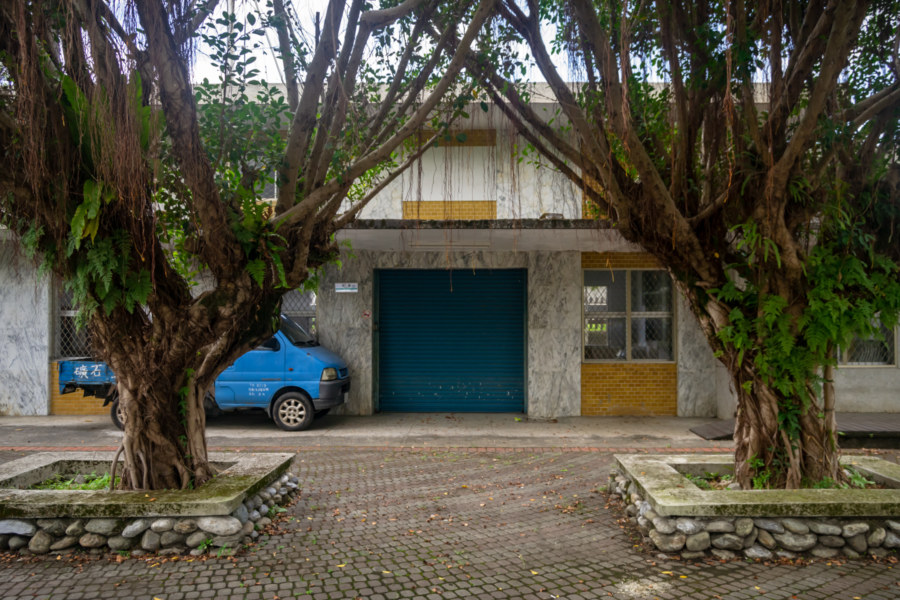
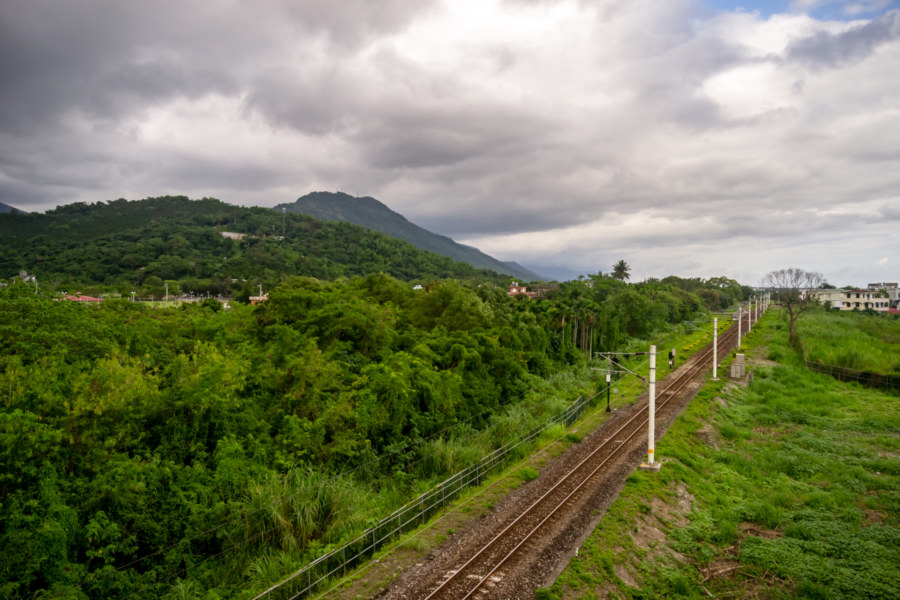
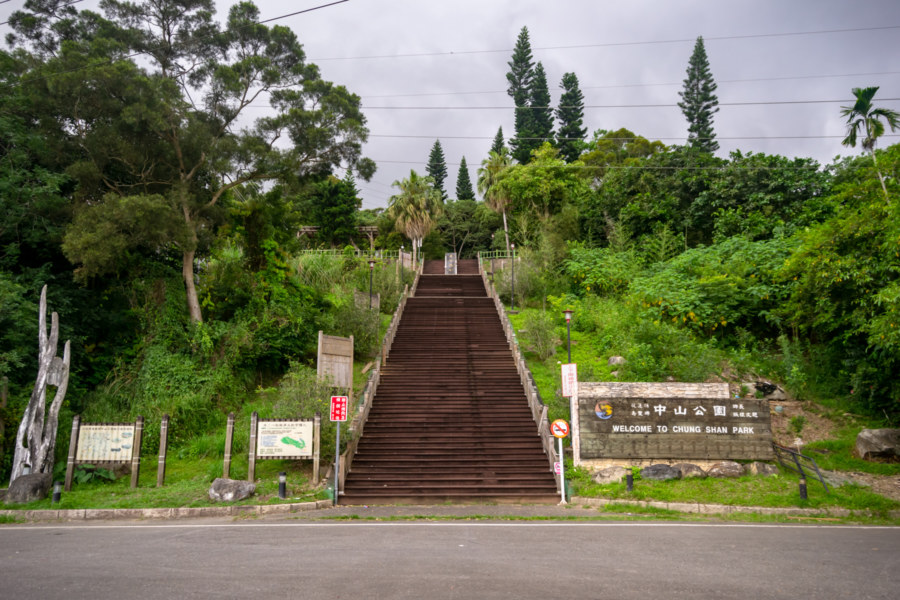
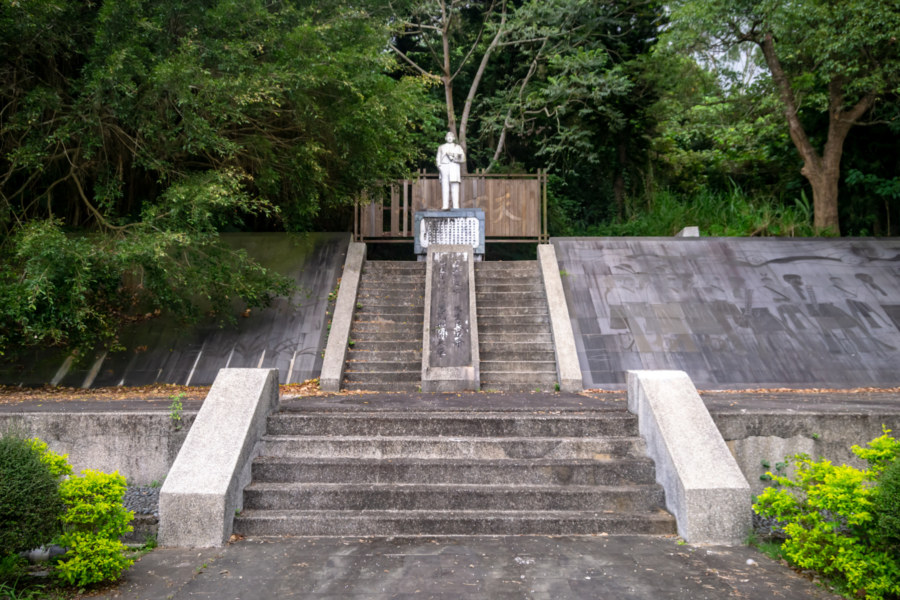
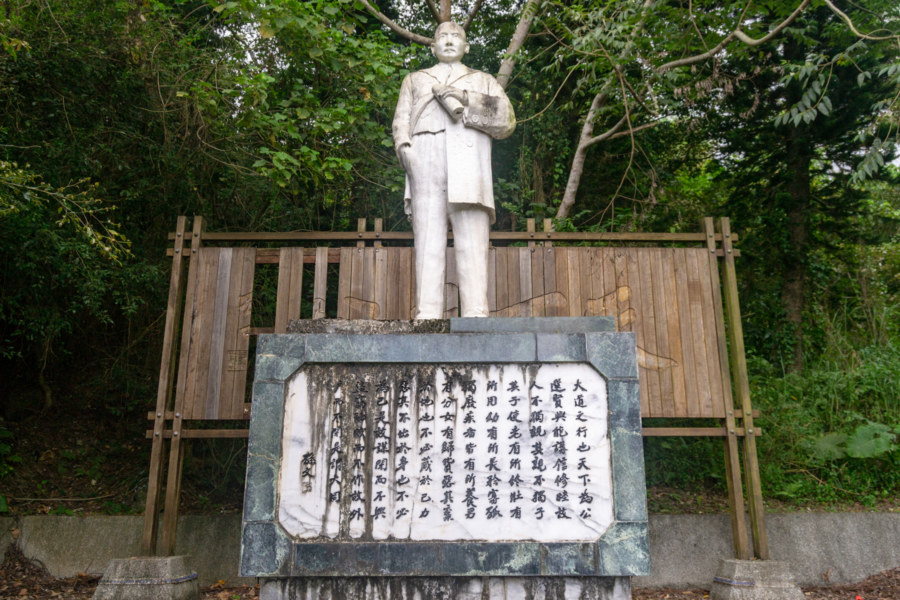
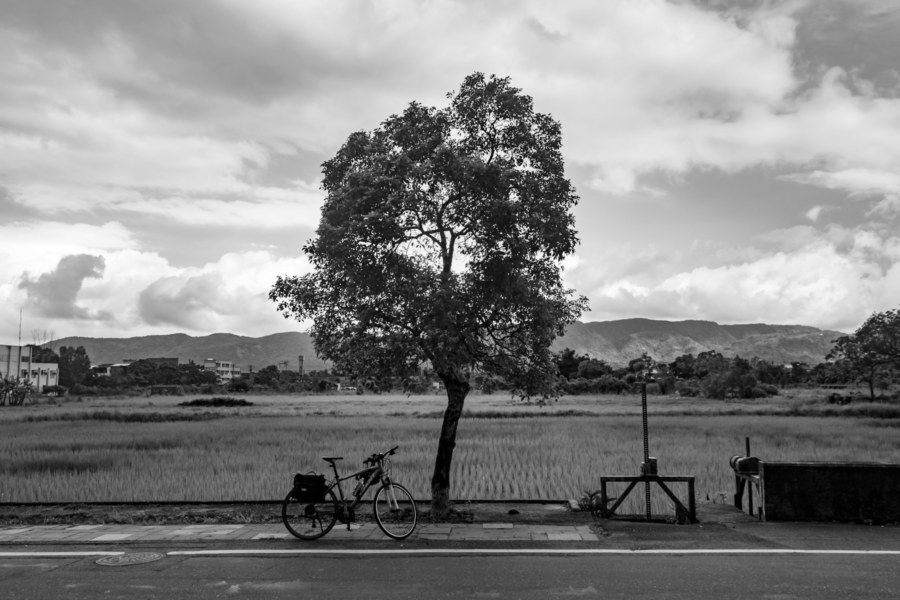
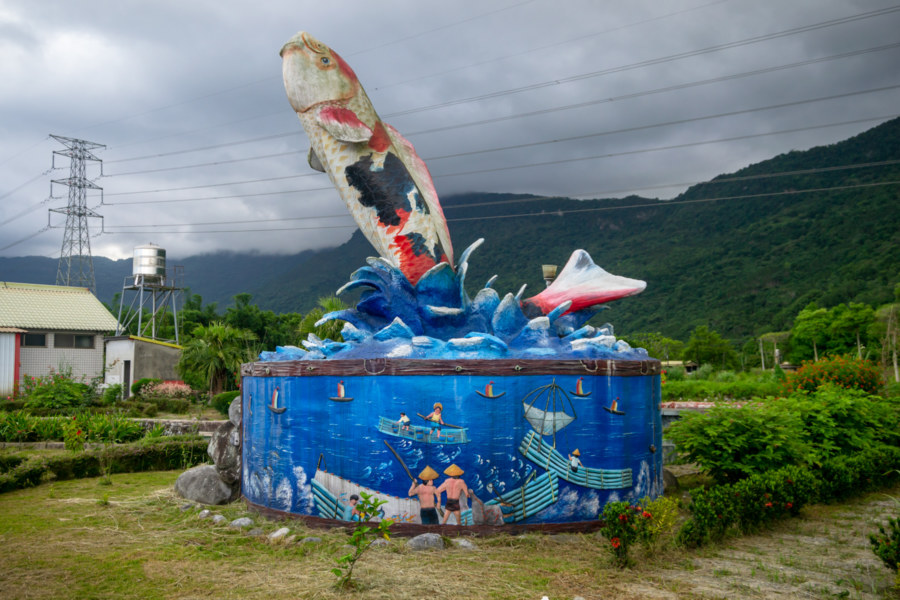
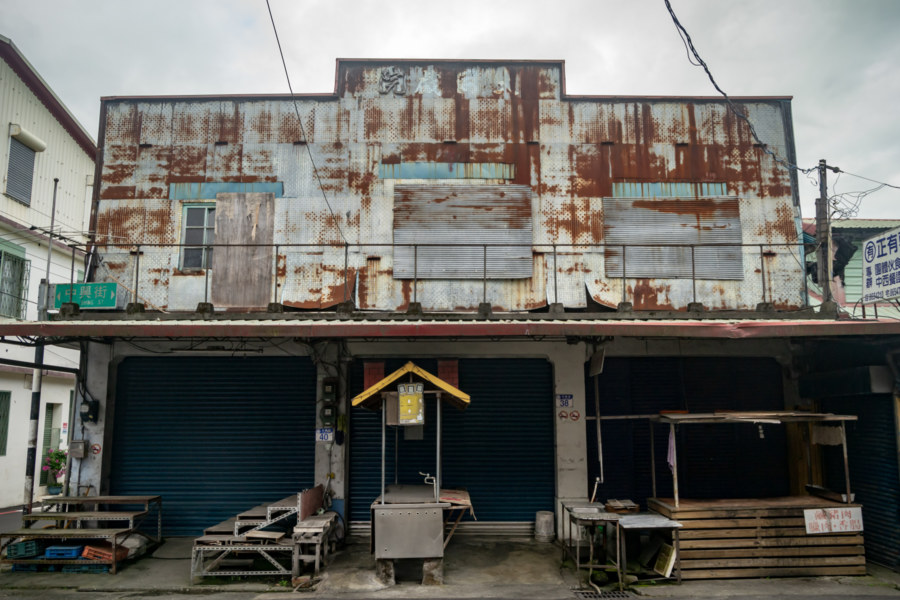
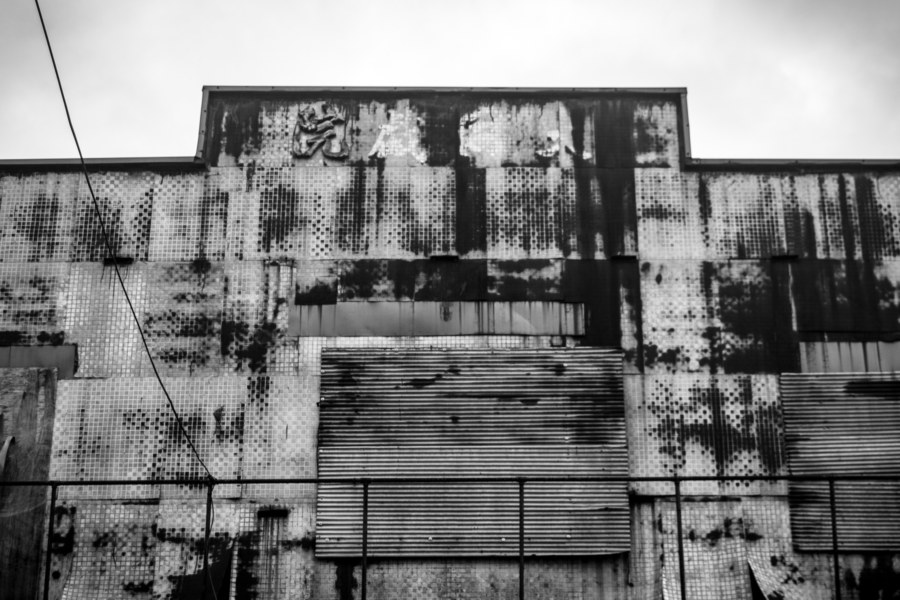
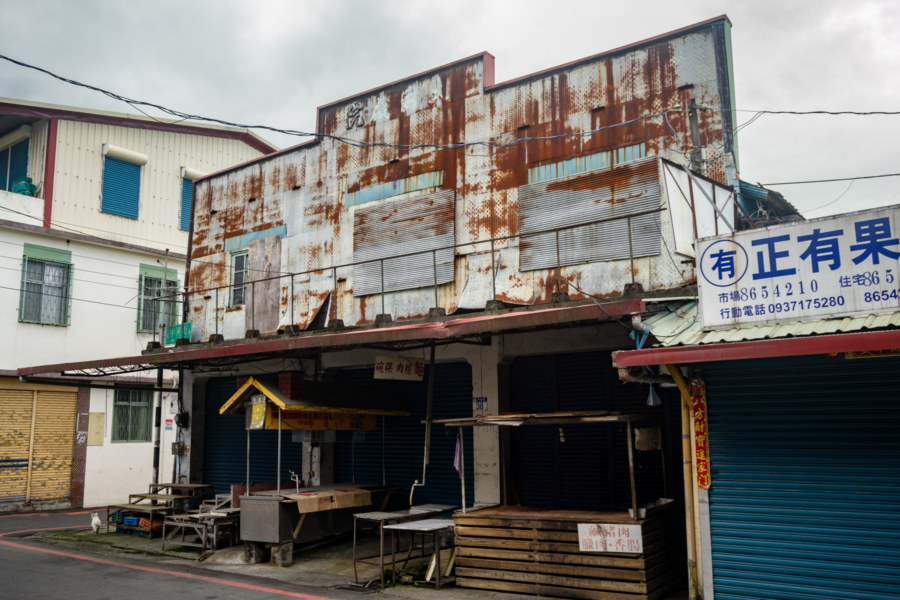
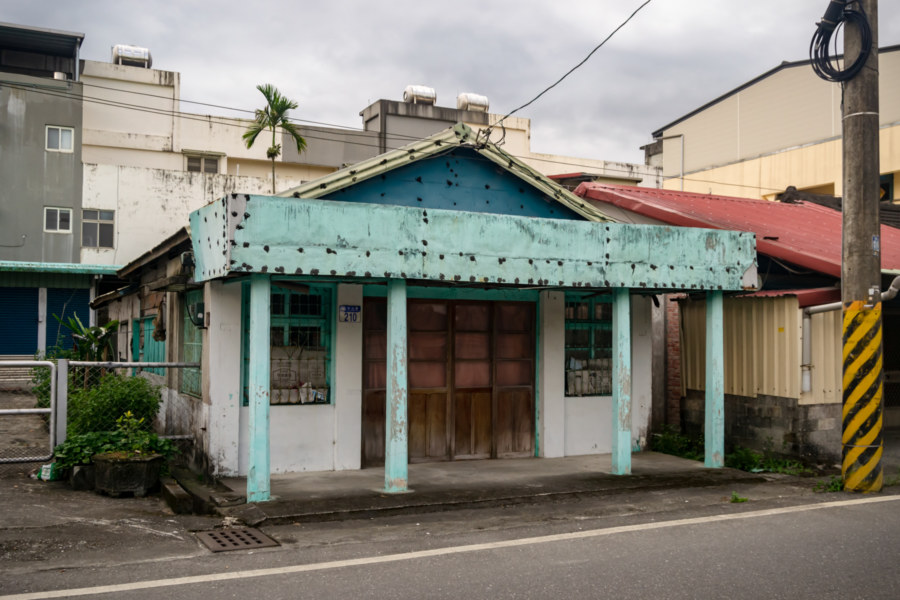
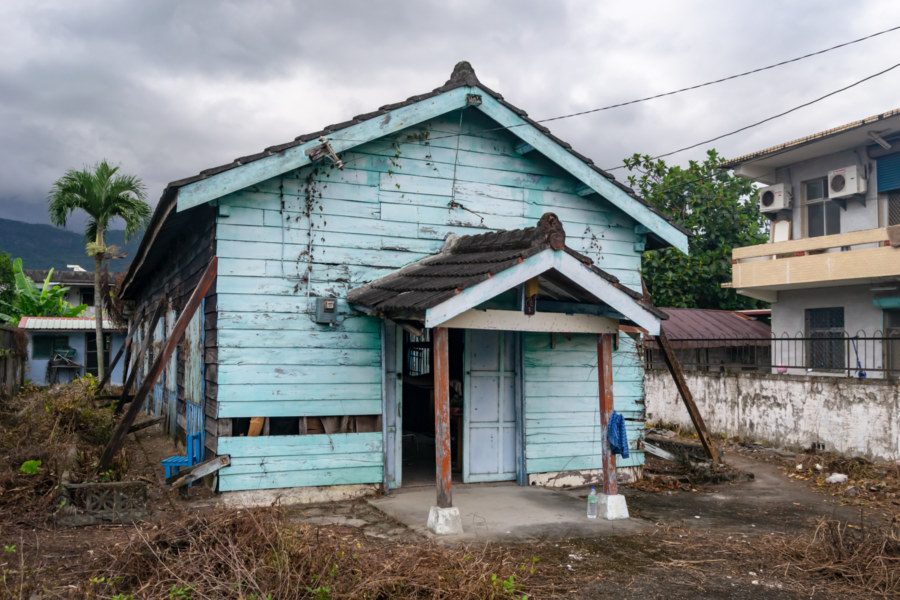
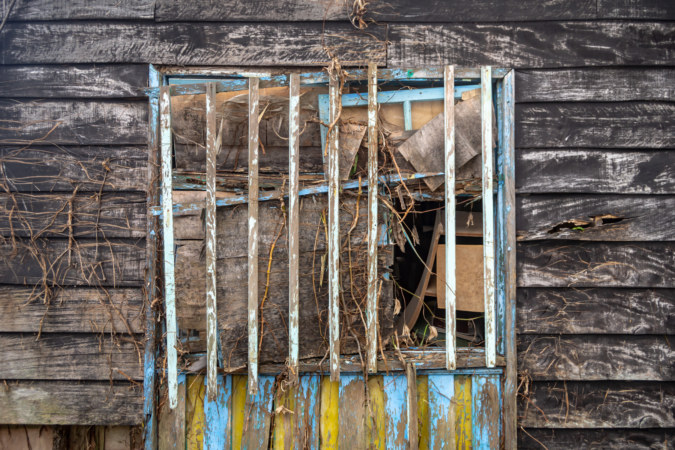
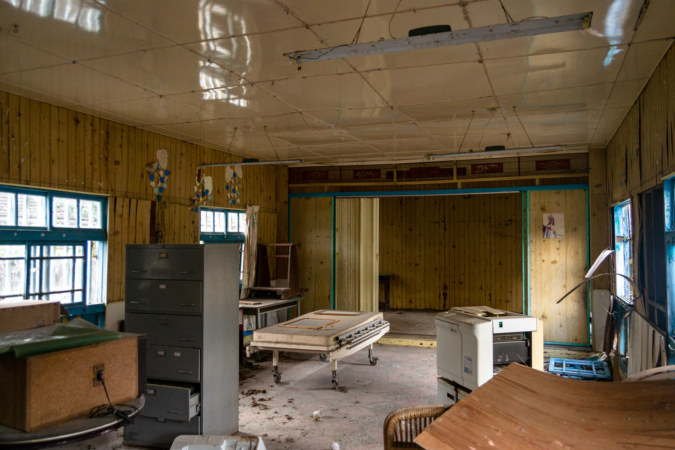
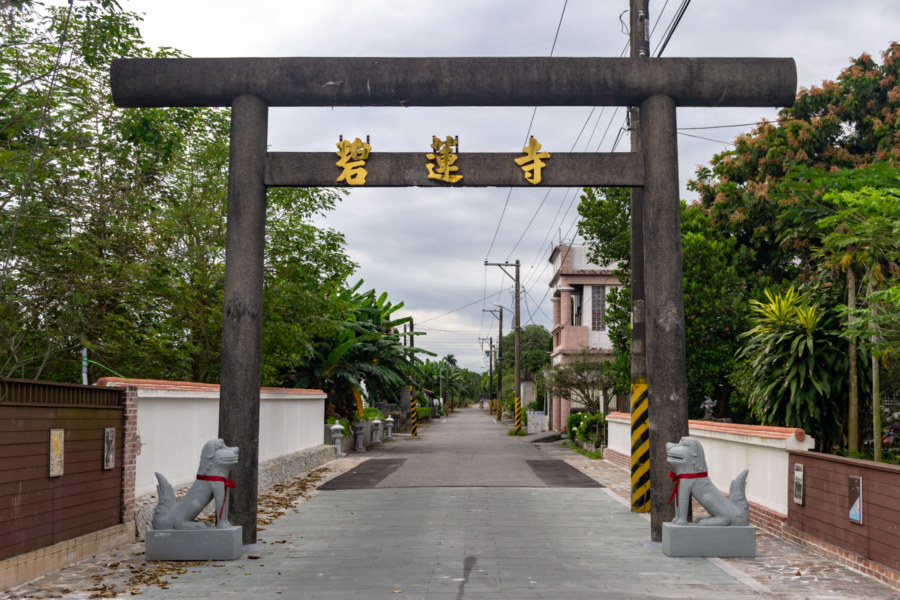
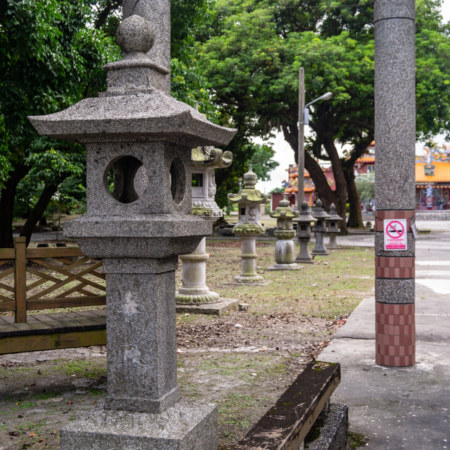
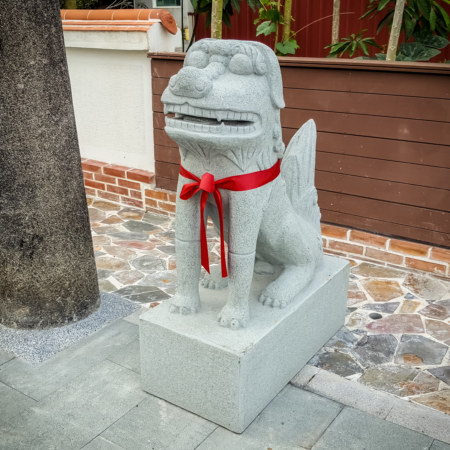
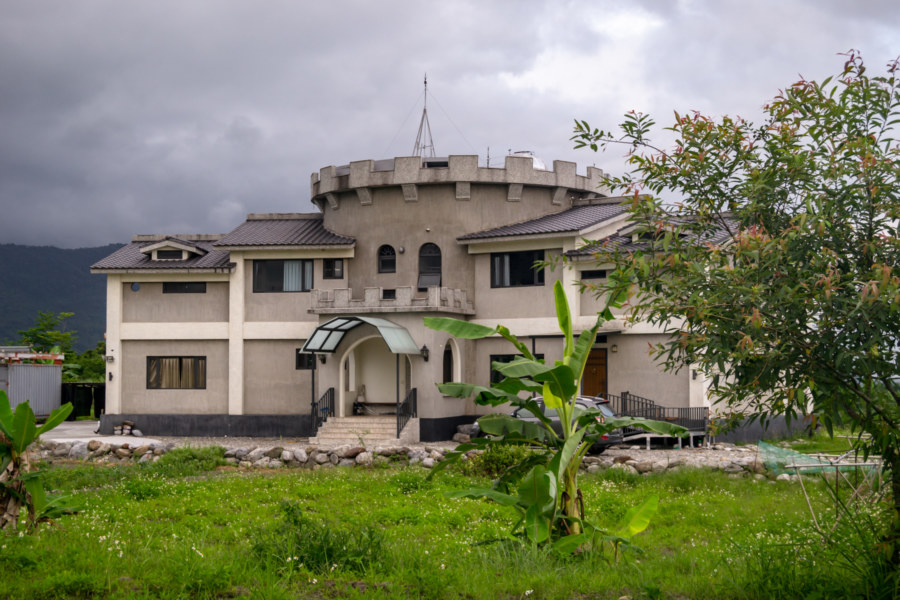
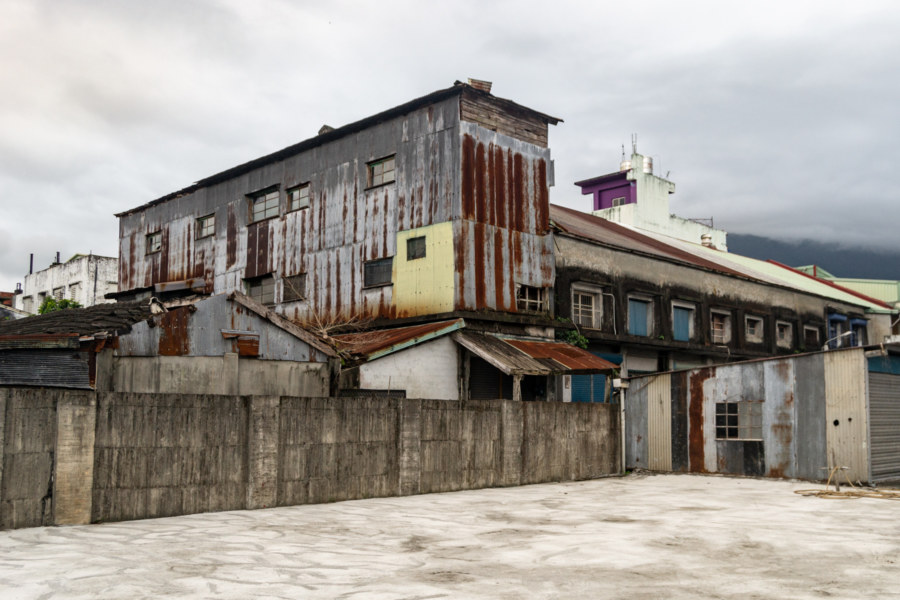
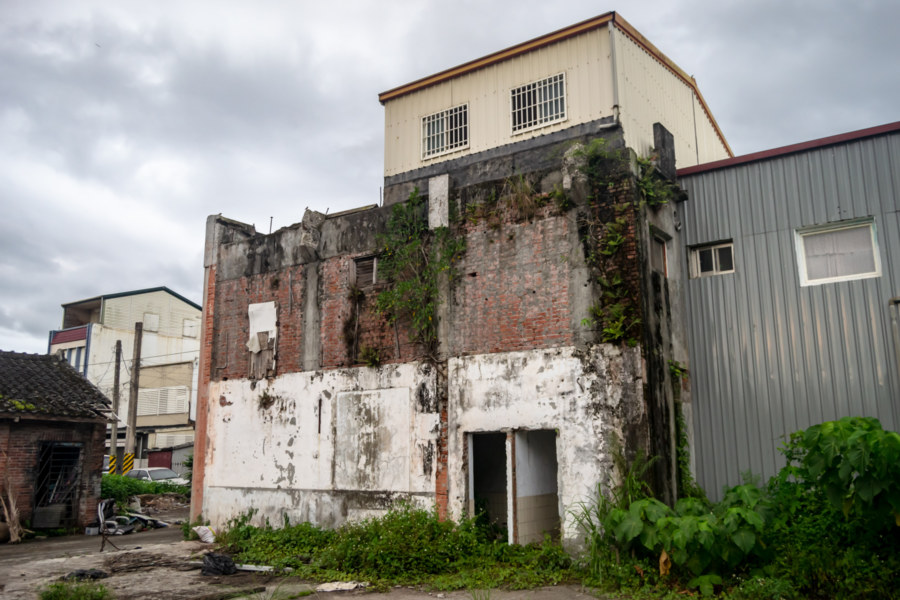
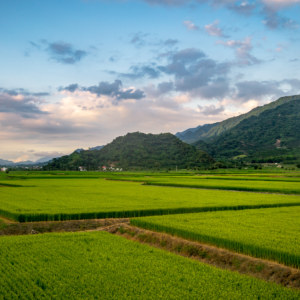
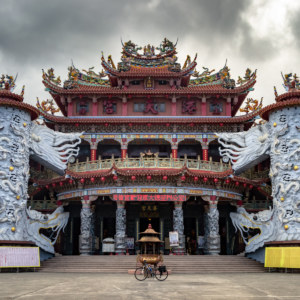
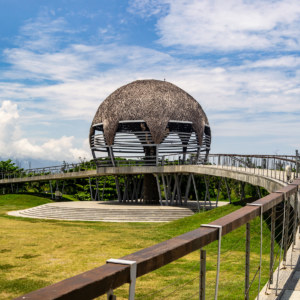
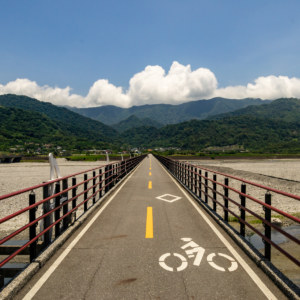
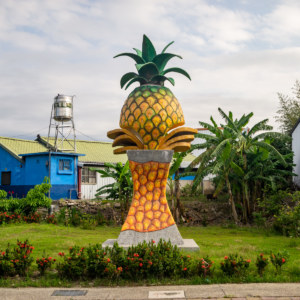
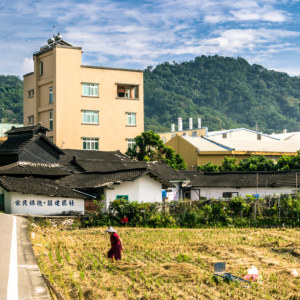
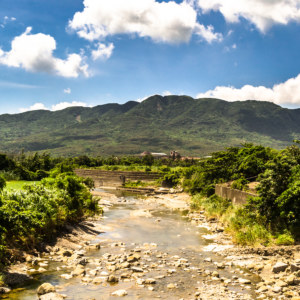
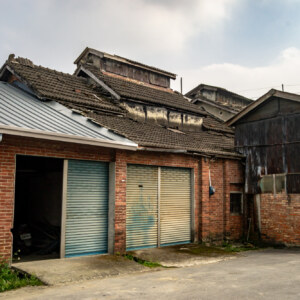
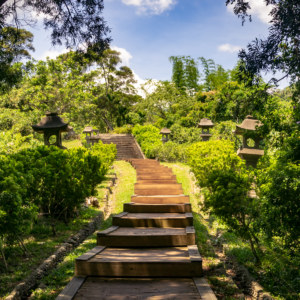
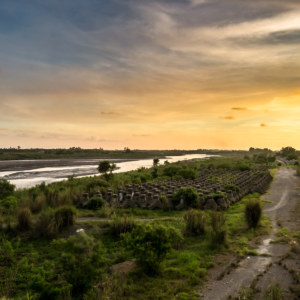
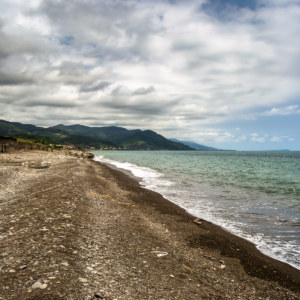
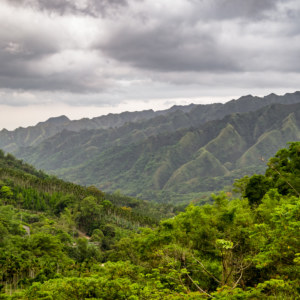
Write a Comment